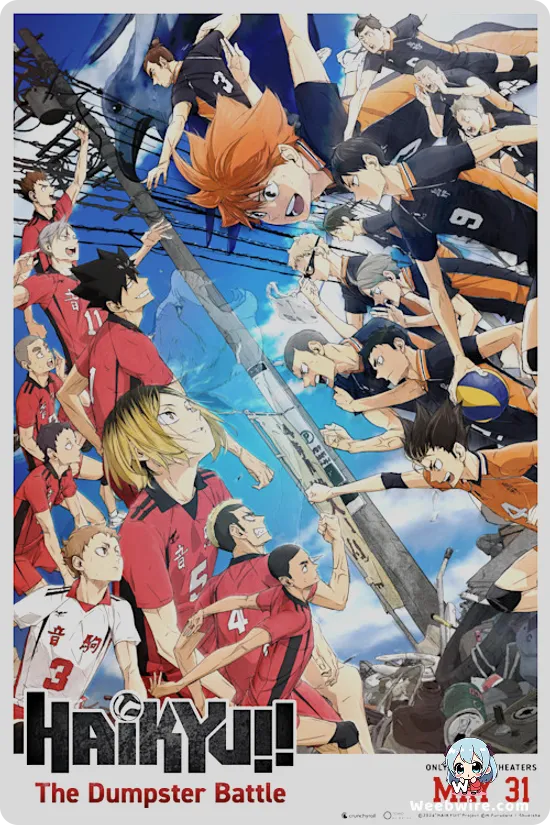Bungo Stray Dogs Season 2: Unearthing Literary Gems and Studio Bones' Masterclass

Prepare to unravel the intricate tapestry behind one of anime's most lauded series, as we delve into the hidden depths and literary brilliance of Bungo Stray Dogs Season 2. Celebrated for its explosive supernatural clashes and a cast of compelling characters, this Studio Bones masterpiece offers far more than meets the eye, particularly in its groundbreaking 'Dark Era' and 'Guild' arcs. Beyond dynamic action, a wealth of 'good to know' facts and behind-the-scenes insights elevate appreciation for its ingenious blend of thrilling narratives and rich literary homage.
The 'Dark Era' Arc: Dazai's Past Unveiled
The series profoundly reimagines famous literary figures as characters imbued with abilities linked to their iconic works. Season 2's 'Dark Era' arc exemplifies this, peeling back layers of Osamu Dazai's enigmatic past within the Port Mafia. It introduces Odasaku (Sakunosuke Oda) and Ango Sakaguchi, real-life literary contemporaries whose profound relationships shaped the narrative. Oda, a prominent author, is represented by his 'Flawless' ability to foresee events. The tragic irony of his power's inability to save cherished ones ultimately drives Dazai to seek a life of altruism, directly mirroring the real Dazai's grief over Oda's untimely death. This emotionally resonant arc showcases author Kafka Asagiri's meticulous research and Studio Bones' deliberate tonal shift, revealing a deeply conflicted Dazai through nuanced animation and superb voice acting.
The 'Guild' Arc: American Literary Antagonists
Following the intense 'Dark Era,' the 'Guild' arc introduces a formidable antagonist group composed of American literary figures. This arc is a treasure trove of clever references. F. Scott Fitzgerald, the Guild's leader, wields 'The Great Fitzgerald' ability, enhancing his physical capabilities proportionally to his monetary expenditure directly referencing The Great Gatsby's themes of wealth. His opulent design and motivations echo Fitzgerald's literary persona. Similarly, Louisa May Alcott's 'Little Women' ability creates a secluded space, mirroring her works' intimate settings. The immense logistical challenge of balancing these powerful, uniquely themed abilities, conceptually intertwined with their literary namesakes, highlights the intricate design by Asagiri and Harukawa. Studio Bones masterfully translates these complex powers into dynamic, understandable fight sequences, depicting large-scale destruction and intricate strategic maneuvers with fluid motion and vibrant effects, notably in battles like the epic confrontation against Moby Dick.

Studio Bones' Masterful Animation
Studio Bones, renowned for action-heavy series like Fullmetal Alchemist and My Hero Academia, infused Bungo Stray Dogs with its signature touch. Their animation team demonstrated incredible attention to subtle details, from distinct facial expressions to intricate character attire, often hinting at literary origins. The studio's unwavering commitment to dynamic camera work and impactful choreography ensures every punch and ability activation feels powerful and visually stunning, elevating the series into a visually rich and profoundly narrative experience.
Bungo Stray Dogs: A Bridge to Literature
Ultimately, Bungo Stray Dogs' enduring popularity stems from its unique capacity to spark genuine interest in classic literature. Many viewers are prompted to research the real-life authors and their works, creating an educational crossover. Fan communities frequently engage in deep dives, analyzing plot points and character motivations against historical contexts. This active engagement with both fictional and real source material is a testament to the series' clever design and its remarkable ability to offer something truly distinctive. The intricate web of historical references and profound character development ensures new details and connections continue to emerge, solidifying Bungo Stray Dogs Season 2 as an exceptionally enriching experience.
Credits
Bungo Stray Dogs
Author
Kafka Asagiri
Cover Art
Sango Harukawa
Studio
Bones
Publisher
Kadokawa Shoten
Producers





